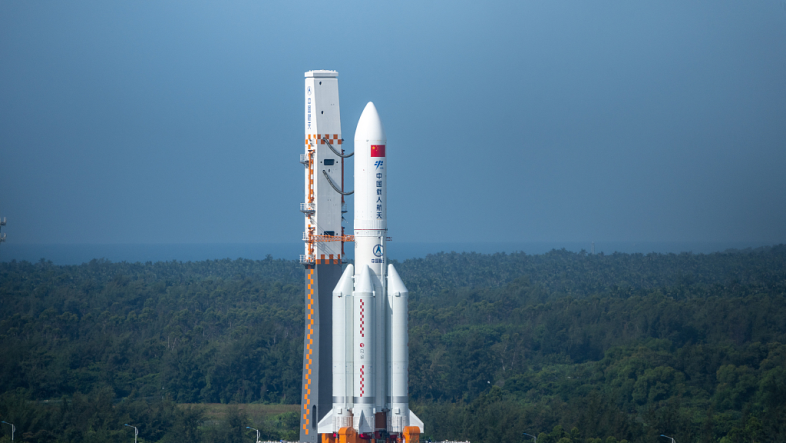





Disclaimer: Copyright infringement not intended.
Context
Wentian lab module
About
|
Tiangong Space Station Tiangong is a space station being constructed by China in low Earth orbit between 340 and 450 km above the surface. Being China's first long-term space station, it is the goal of the "Third Step" of the China Manned Space Program. Once completed, Tiangong will have a mass between 180,000 and 220,000 lb roughly one-fifth the mass of the International Space Station and about the size of the decommissioned Russian Mir space station. |
Dimensions
Purpose
https://epaper.thehindu.com/Home/ShareArticle?OrgId=GJRA2PPNT.1&imageview=0











© 2025 iasgyan. All right reserved